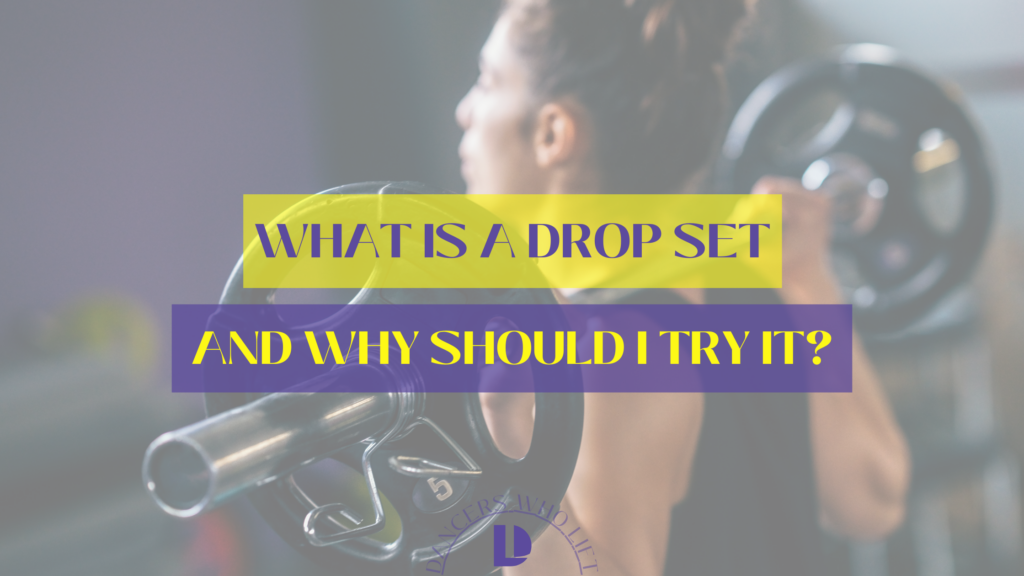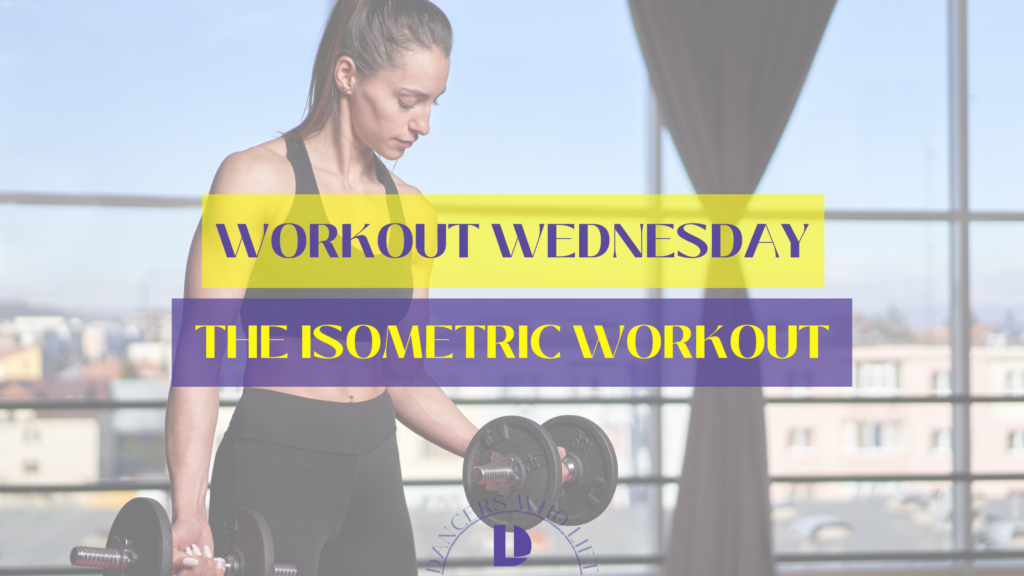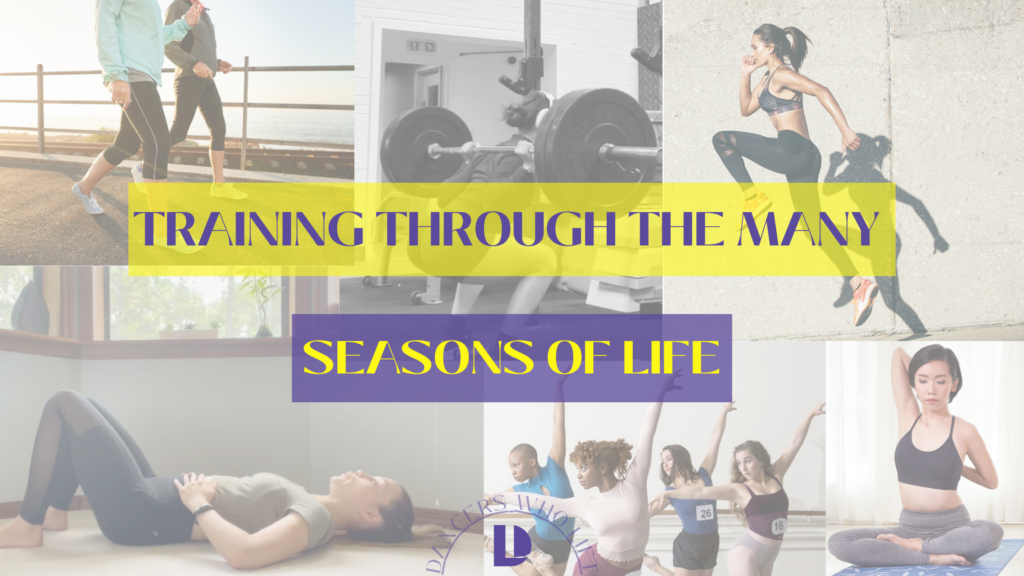Welcome back to Workout Wednesday! Today we are challenging you with a fast workout. This workout clocks in at about 12 minutes, making this the perfect sweat session when you need to get your workout in quickly.
But before you think you’re getting off easy, think again. The trick to this workout is that there are no rests.
That’s right. You’ll perform this fast workout circuit five times straight through without taking a rest.
You ready?
The Fast Workout
Bicycle crunch x 8/side
First up in today’s fast workout is the bicycle crunch!
Lay on your back, with your knees bent.
Engage your core, by imagining your bottom rib is trying to reach your hip bone. This should result in your ribcage knitting closed and your abs pulling back and up.
Next, place your arms behind your head, elbows wide to the side.
Now, using your abdominals, lift the shoulder off the ground.
From here, lift your left knee and twist your shoulders to try and touch it with your right elbow.
Keeping your shoulders lifted and elbows wide, switch sides.
*Perform a total of 16 reps (8per side) then, immediately move on to the next exercise.*
Negative Push-ups x8
Also known as eccentric push-ups, this exercise is a great way to build strength even if the entire push-up is still a bit too challenging for you.
Set up in a push-up position on the ground with legs extended like you are doing a plank.
Keeping the core actively engaged, lower as far down as you can with control, then you can put your knees down and return to the starting position.
*Repeat for a total of 8 reps then immediately move on to the next exercise.*
Side Plank with Crunch x8/side
Ahh the side plank with crunch a double whammy!
Set yourself up into a side plank and extend your top arm so it’s parallel with your ear.
Then, without tipping your hips, crunch your top leg and top arm toward the center of your torso.
Finally, shoot them back out to their starting position.
*Perform 8 reps on each side, then immediately move on to the next exercise.*
Single Leg RDL x6/side
Okay, this next exercise can be done as a bodyweight exercise, with a resistance band, or with a dumbbell. If you choose to use a weight, ensure your form is rock solid to avoid injury and get the most out of the exercise!
For the single leg RDL stand with one leg slightly behind the other. (If you’re using a weight, hold the weight in the same hand as the back leg.)
Then, slowly hinge from the hips, allowing the back leg to lift while the standing knee stays over the ankle.
The weight should slowly skim your shin.
Finally, press your hips forward to return to standing.
*Perform 6 reps on each side, then immediately move on to the final exercise of the circuit.*
Fast Jumping Jacks x15
Okay we’ve reached the end of our no-rest, super fast workout and you might think “I know jumping jacks!”
But, when you do your jumping jacks I want you to actually do jumping jacks.
Visualize your arms like wings. Spread them on the up then, visualize your lats pulling them closed on the down. Doing jumping jacks like this will engage your back and, as a result, get your entire core working.
Do this quickly, emphasizing the “in” portion of the jacks – these aren’t your 10th grade gym class jumping jacks, these are quick, intentional jumping jacks designed to get your heart rate up!
*Perform 15 fast jumping jacks before immediately restarting the circuit.*
Finish it up!
To finish the workout you must complete five rounds of this workout. Ideally you shouldn’t take any rest time throughout this workout — yes, this will slow your pace down, but you can do it!
When you finish, take about five minutes to cool down. This can be a short walk or mobility session.
Then pat yourself on the back and leave knowing you’ve given your body everything it needs in under 20 minutes.
Want more workouts like this? Tune into this blog every Wednesday for another free workout! Can’t wait that long? Check out these workouts and fitness tips: What is a Drop Set and Why Should I Try It?, 1.5 Times: A Time Under Tension Workout, What is a Rest Day? The Key To Unlocking Your Progress









